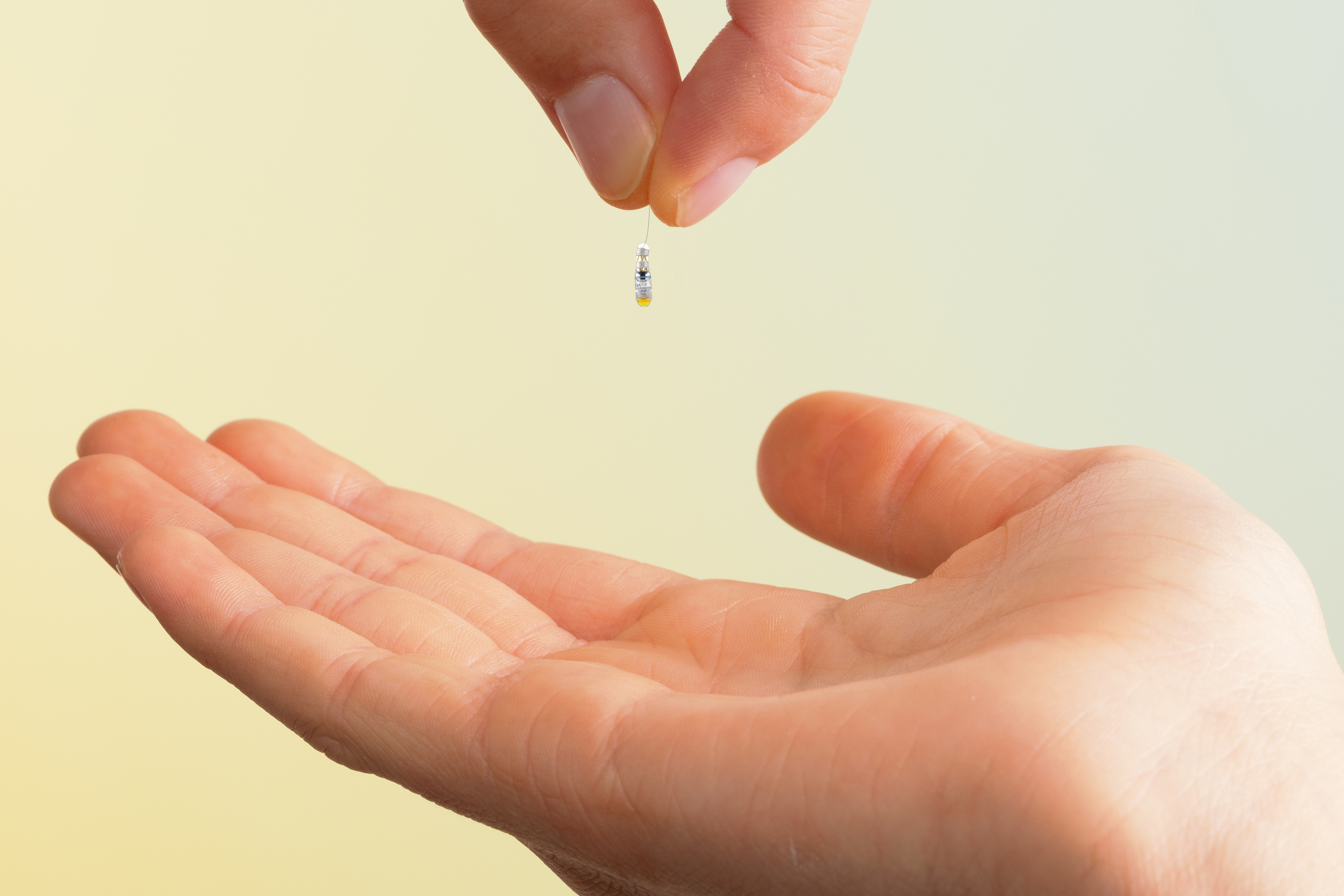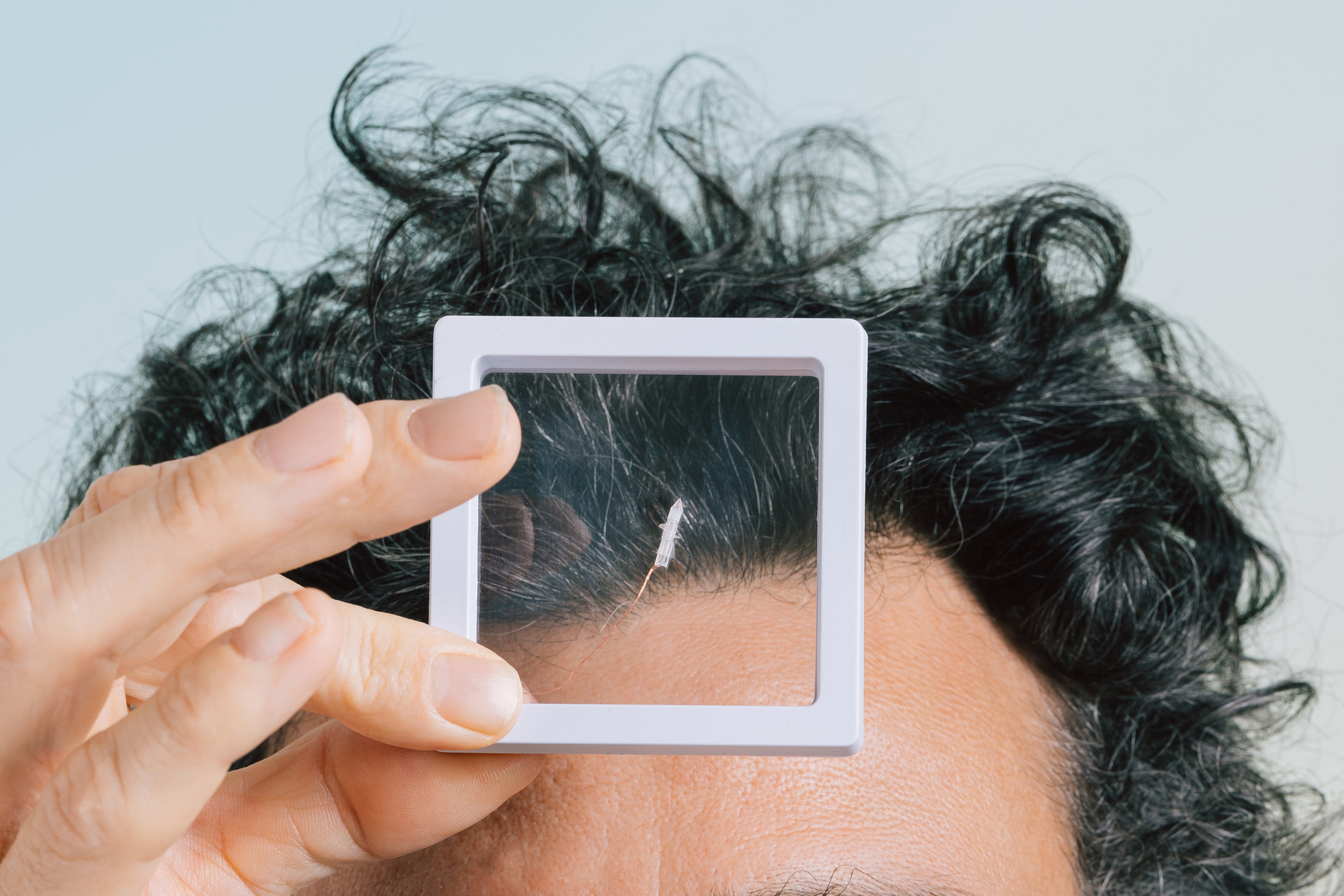Robots the size of grain of rice that can travel through brain to carry out surgery
Robeauté’s microrobots can enter the brain to diagnose, treat and monitor neurological conditions in a way that was previously impossible

Your support helps us to tell the story
From reproductive rights to climate change to Big Tech, The Independent is on the ground when the story is developing. Whether it's investigating the financials of Elon Musk's pro-Trump PAC or producing our latest documentary, 'The A Word', which shines a light on the American women fighting for reproductive rights, we know how important it is to parse out the facts from the messaging.
At such a critical moment in US history, we need reporters on the ground. Your donation allows us to keep sending journalists to speak to both sides of the story.
The Independent is trusted by Americans across the entire political spectrum. And unlike many other quality news outlets, we choose not to lock Americans out of our reporting and analysis with paywalls. We believe quality journalism should be available to everyone, paid for by those who can afford it.
Your support makes all the difference.Researchers have built a tiny robot capable of navigating through a human brain, which they claim could revolutionise the diagnosis and treatment of neurological conditions.
Paris-based startup Robeauté aims to begin human trials of its microrobot next year, having just raised €27.2 million (£23 million) to further advance and test the technology.
Investors of the funding round heralded the new technology as revolutionary, capable of fundamentally changing brain treatments in the same way that the endoscope transformed gastrointestinal medicine.
Neurosurgery currently relies on relatively crude methods, involving stiff tools pushed through the brain in a straight line in a way that can be both invasive and fatal.
Robeauté’s robots are the size of a grain of rice and are introduced to the brain through a tiny burr hole, 3mm wide. The microrobots are then able to move through the brain’s extracellular matrix in curved lines to reach hard-to-access places in the brain.
“This means the microbots will be less damaging and invasive than existing tools like neurosurgical needles or electrodes,” Joana Cartocci, co-founder and chief operating officer of Robeauté, told The Independent.
“The microrobots feature a tiny embarked engine so they can move through the tissue and they are designed to follow a guided path, set by a neurosurgeon and tracked in real time.”

The minimally invasive approach has already been successfully tested in animals as a biopsy tool for tumours, though they can also deliver molecules, implant electrodes and collect data samples.
The self-powered robots are designed to follow a guided path set by a neurosurgeon, which can be tracked in real time. They are also able to carry specific extensions depending on the task, including biopsy, drug cargo and electrodes to diagnose, treat and monitor diseases and conditions.
“We are working with regulatory authorities to craft our way to neurosurgical operating rooms and patients,” said Ms Cartocci.
“Though biopsy will not directly treat the patient, the information collected remains critical to define the best course of treatment. Then, we’ll go back to deliver the therapy that will be more effective in addressing the disease to treat patients.”
Bertrand Duplat, co-founder and CEO of Robeauté, added: “There is unexplored potential for microrobots in medicine.
“We’re creating microrobots that will bring unparalleled access to the brain with personalised, precision medicine that can transform treatments and patient outcomes.”
If human trials prove successful, the startup expects to receive regulatory approval for drug delivery with the robot in 2030.

Join our commenting forum
Join thought-provoking conversations, follow other Independent readers and see their replies
Comments